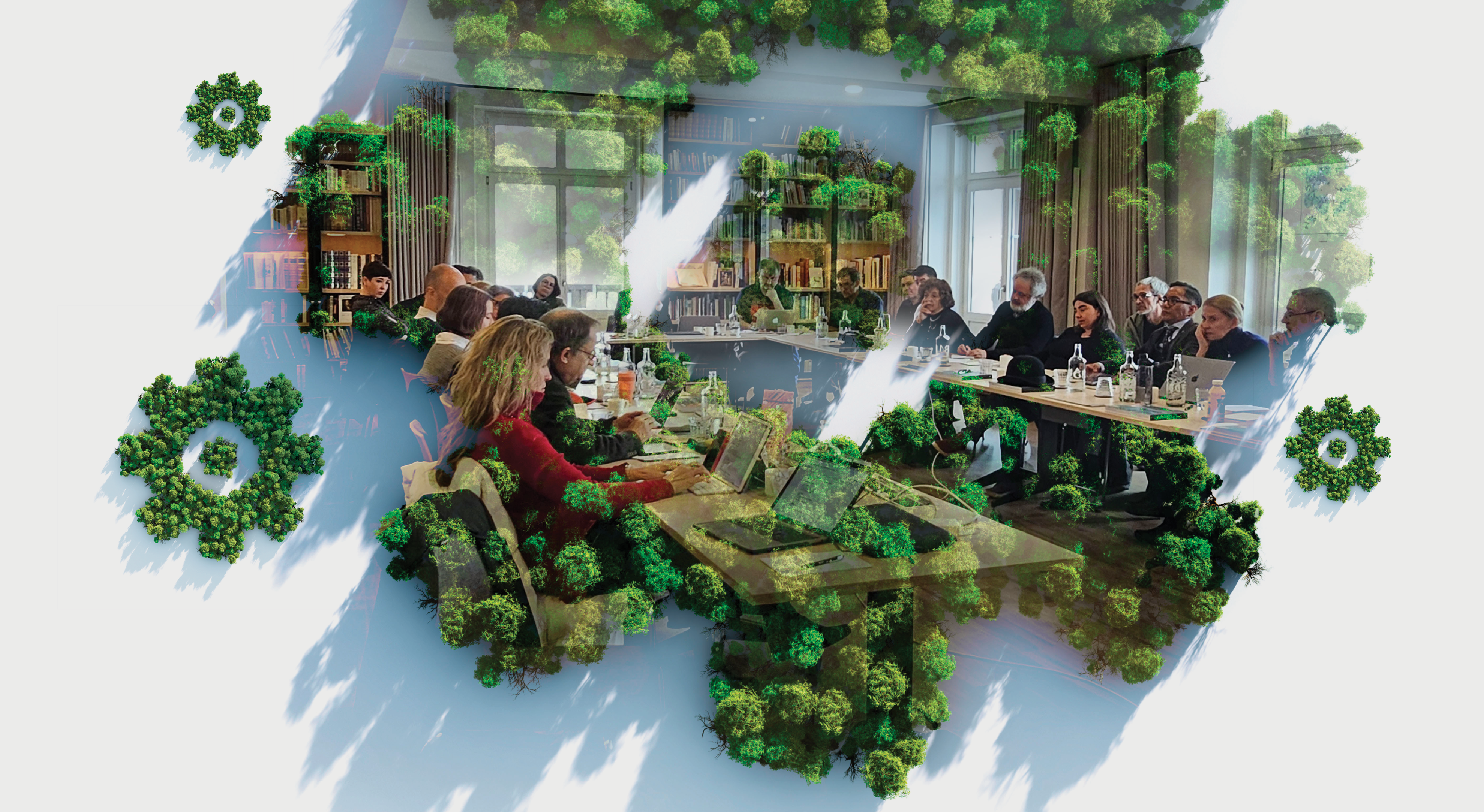Jackie Goordial is an environmental microbiologist, investigating how communities of microorganisms interact to maintain diversity and mediate biogeochemical cycling in the environment. In particular, she focuses on environments at the extreme and those that are undergoing rapid change – such as permafrost soils.
To carry out her research, she employs a combination of genomic sequencing with culturing, microbial metabolic activity and viability measurements both in situ and in the laboratory. While less than 1% of known microorganisms can be cultivated in the lab and are known to us solely through molecular analyses, this approach results in a more holistic understanding of environmental microbiology than genomic analyses alone.




